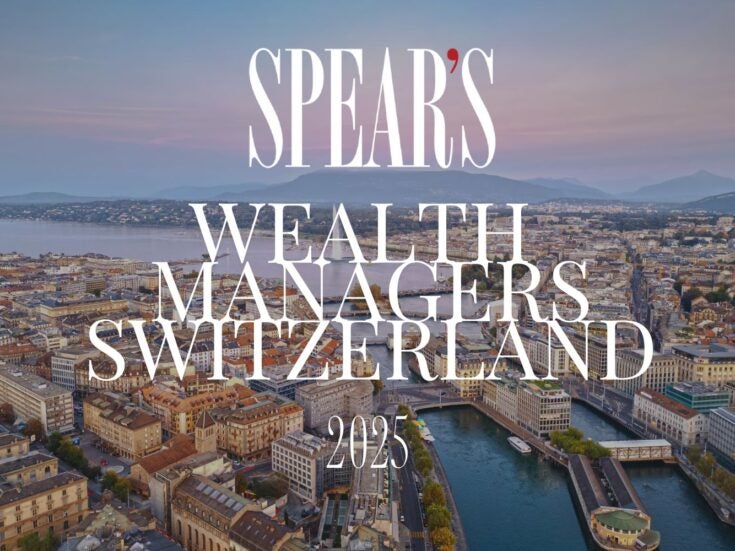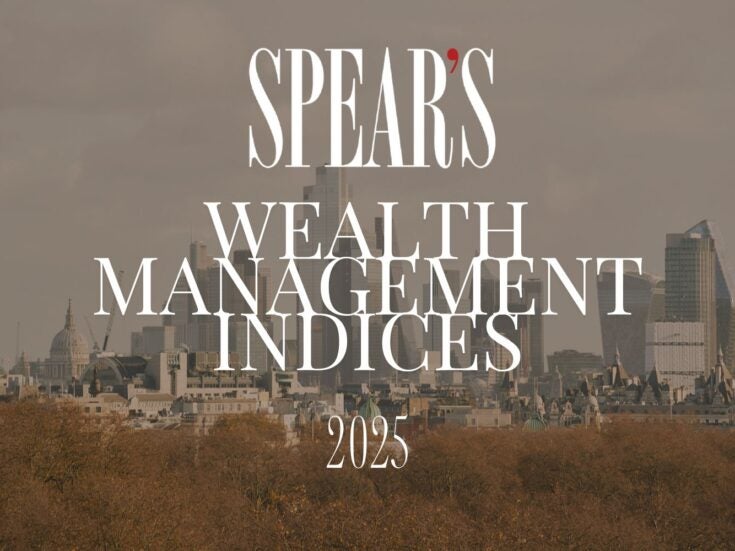As the global recovery continues, new investment opportunities, particularly in corporate cash flow, are presenting themselves, says Guy Monson
FINANCIAL MARKETS FIND themselves, for the moment at least, driven more by the ebb and flow of macroeconomic and political news than by the increasingly consistent and robust flow of corporate earnings reports that are appearing across global markets.
The ongoing Greek budget woes, rumours of tighter Chinese policy (a precursor of Chinese revaluation?) and a largely symbolic move upward in the US discount rate make better stories than consistent earnings recovery, record levels of cash flow and ambitious dividend growth from many of our thematic ‘Blue Chips’. In my view, this is an opportunity for investors, and a precursor to what may turn out to be a renaissance in equity valuations for a new global ‘Nifty Fifty’ of international super-cap stocks.
That corporate cash flow is exceeding expectations should not come as a surprise to investors as the global recovery continues. The IMF has upgraded its 2010 growth estimates from 3.1 per cent to 3.9 per cent, US GDP (admittedly helped by inventories) rose to a blistering 5.9 per cent in the fourth quarter of 2009, and January’s ISM (along with a raft of other global manufacturing surveys) reached 58.4 — a much stronger reading than expected, and its highest since August 2004.
The relatively disappointing performance of world stock markets this year, against such a robust industrial backdrop, has been coloured by fears over tighter money and the withdrawal of exceptional policy stimulus.
Realistically, the risk of changes in core interest rates is only truly evident in the emerging world and other commodity-linked economies; tighter bank-reserve requirements are either being implemented or forecast in China, India and several smaller Asian economies, all of which are seeing rising headline inflation, especially where they have pegs to the US dollar.
However, this is offset to some extent by the perception of easier money for longer in Europe as markets expect the European Central Bank (ECB) to be reluctant to tighten into the unfolding budgetary crisis in peripheral states; the yield on German two-year bonds, for example, has fallen by 24bp in the last three months by way of response.
In Japan, deflationary fears are back, with last month’s GDP deflator falling by 3 per cent, the largest decline on record.
THE NEW FINANCE minister, Naoto Kan, is determined to beat the worsening deflationary backdrop, claiming recently in the Yomiuri newspaper: ‘There are many ways to go about achieving such goals… The government will undoubtedly do all it can. I also hope the Bank of Japan will conduct monetary policy appropriately.’ In other words, ultra-loose monetary policy, quantitative easing and massive liquidity creation will remain policy in Japan for many months yet.
Against this backdrop we continue to recommend a bias toward real, income-producing, inflation-protected assets. This, for the most part, means cash-flow-rich, global blue-chip equities with yields at or close to government bonds. Our vision of a new global ‘Nifty Fifty’ stock universe — which increasingly becomes the natural home for institutional investors trying to escape sovereign bond risks — aptly captures our investment theme of ‘The Strong Get Stronger’.
We also continue to lift our emerging world bond holdings (as currency appreciation in the region persists) while our western market bond holdings remain short-dated in order to avoid sovereign issues in structurally ‘challenged’ economies (including the UK) until we detect a real political commitment to multi-year budgetary cuts.
Most of all, though, our deliberate focus on corporate cash and dividend flows, linked to the global economic growth, is intended to protect against inflation as the soft way out for embattled politicians. Even the IMF’s chief economist recently commented on the desirability of higher inflation rates. ‘If you flirt with inflation,’ quipped former German Federal Bank president Otmar Emminger twenty years ago, ‘you end up marrying it.’ This is still for us the real risk for longer-term endowment and private-client assets.
The world economy continues to enjoy a broad-based, multi-speed economic recovery. In developed economies, ultra-low interest rates have not only offset pernicious debt and deleveraging cycles but have also laid the groundwork for a sustainable — albeit muted — recovery.
At the same time, across much of the emerging world, fixed-exchange-rate regimes continue to funnel ultra-low G7 interest rates into strong domestic economies. Growth is rebounding robustly, bringing an urgent need for monetary independence or a more flexible (better) exchange-rate arrangement.
We are facing a mixed and inconsistent investment picture. Positives (healthy and accelerating corporate earnings and revenues, declining volatility, attractive equity and ‘risk asset’ valuations) are confronted by headwinds in leading indicators rolling over, the gaining momentum of monetary tightening, the risk of longer-term interest rates rising, and European sovereign risk spreading. In these circumstances, very selective navigation within portfolios becomes increasingly vital.







